In today’s industrial world, incorrect level measurement can lead to operational inefficiencies, safety hazards, and financial losses.
Ultrasonic level measurement is widely used in liquid storage tanks, water treatment facilities, chemical processing, and bulk solid materials handling. It provides non-contact, accurate measurements in diverse industrial applications.
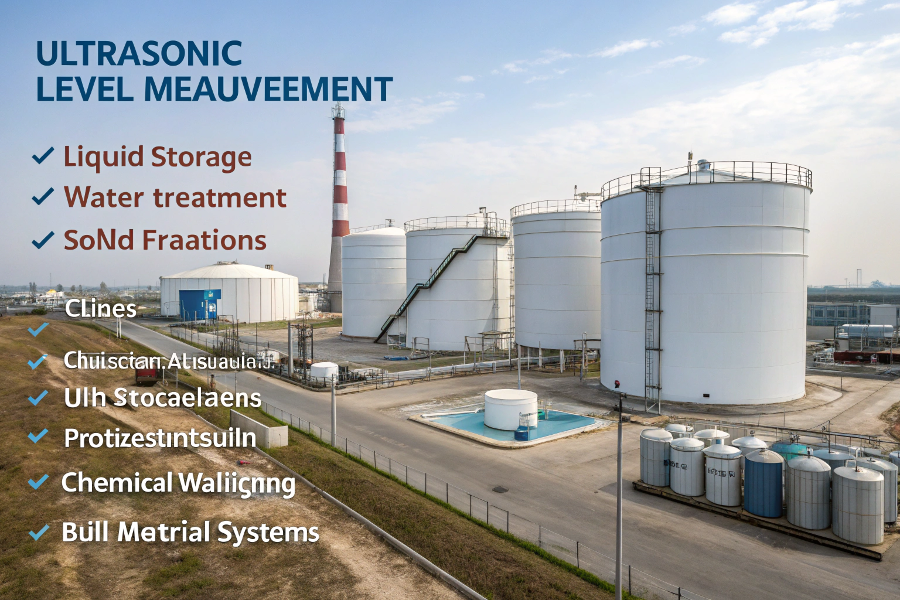
Ultrasonic Level Measurement Applications Overview
Let me share insights from my experience in implementing ultrasonic level measurement solutions across various industries.
What Are the Applications of Ultrasonic Level Measurement?
Process control demands reliable level measurement solutions.
Ultrasonic level sensors are commonly used in water treatment plants, chemical storage facilities, food and beverage processing, and pharmaceutical manufacturing for continuous level monitoring and inventory management.
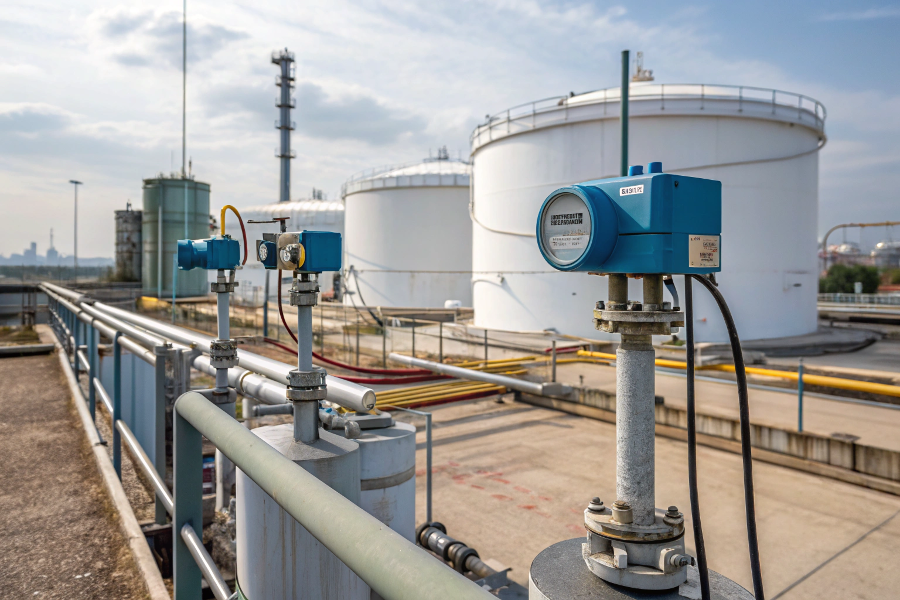
Industrial Applications of Ultrasonic Level Sensors
From my field experience, these are the key application areas:
Water and Wastewater Treatment
-
Storage Tank Monitoring
- Clean water reservoirs
- Chemical dosing tanks
- Sludge level measurement
-
Process Control
- Filter bed monitoring
- Clarifier level control
- Flow channel measurement
Chemical Processing
- Acid storage tanks
- Alkaline solutions
- Intermediate products
- Raw material inventory
Having installed numerous systems, I’ve seen how these applications benefit from ultrasonic technology’s reliability and accuracy.
What Are the Main Applications of an Ultrasonic Sensor?
Understanding sensor applications helps optimize measurement solutions.
Ultrasonic sensors are extensively used for distance measurement, object detection, level monitoring, and positioning systems. They excel in environments requiring non-contact measurement and reliable performance.
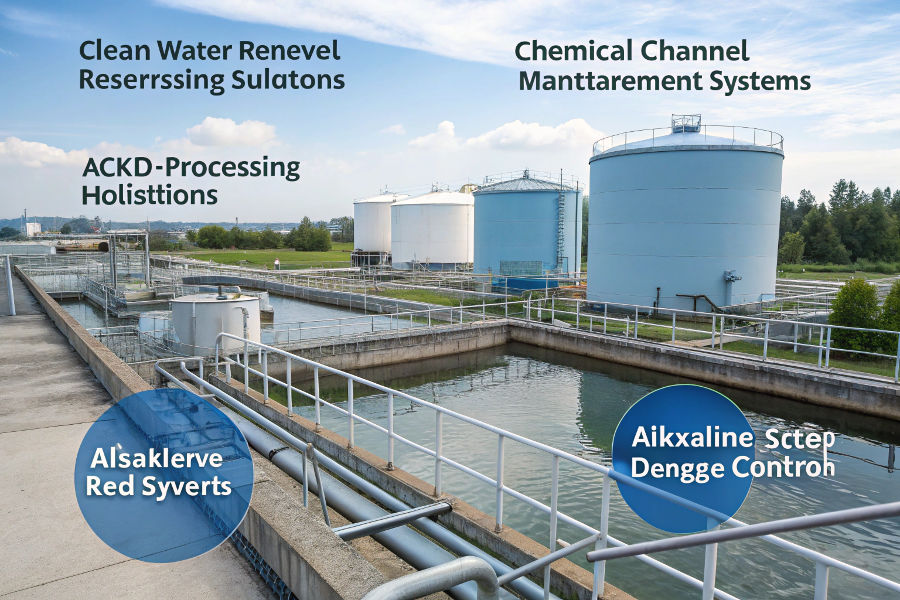
Ultrasonic Sensor Applications
Here’s my breakdown of primary applications:
Industrial Applications
-
Material Handling
- Conveyor monitoring
- Position control
- Collision avoidance
-
Production Processes
- Fill level control
- Quality inspection
- Thickness measurement
Environmental Monitoring
- River level measurement
- Rain gauge systems
- Flood warning systems
- Snow depth monitoring
These applications demonstrate the versatility of ultrasonic technology.
What Is the Use of Ultrasonic Distance Measurement?
Distance measurement accuracy impacts process control effectiveness.
Ultrasonic distance measurement provides non-contact, accurate readings for process control, quality assurance, and safety applications. It’s particularly valuable in harsh environments where physical contact is impractical.
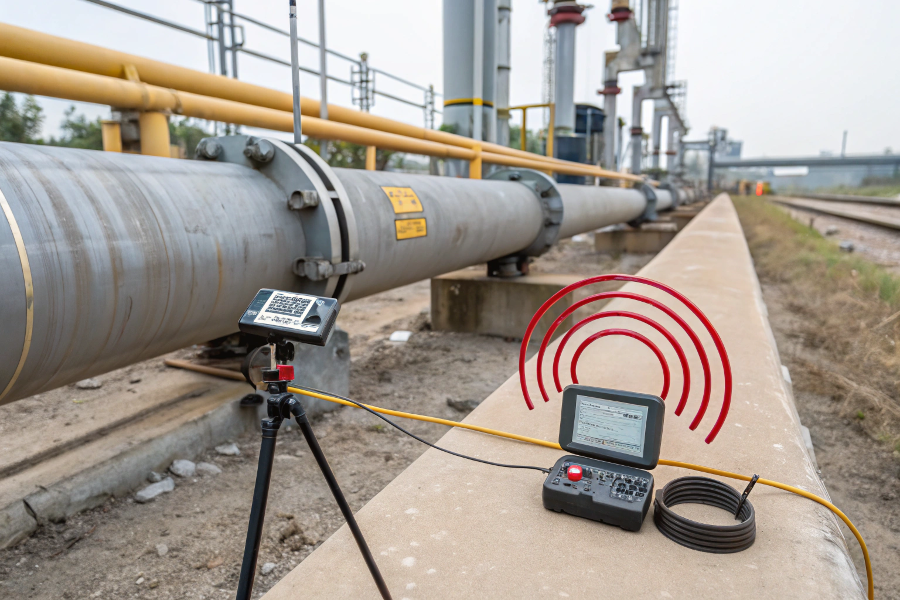
Ultrasonic Distance Measurement Uses
Based on my implementation experience:
Industrial Uses
-
Process Control
- Continuous monitoring
- Batch processing
- Quality control
-
Safety Applications
- Object detection
- Collision avoidance
- Personnel safety
Specialized Applications
- Vehicle positioning
- Robot navigation
- Packaging automation
- Container filling
These applications benefit from ultrasonic technology’s reliable performance.
What Are the Applications of Level Transducer?
Level transducers serve diverse measurement needs.
Level transducers are crucial in process industries for inventory management, process control, and safety monitoring. They provide continuous level measurement in tanks, vessels, and storage facilities.
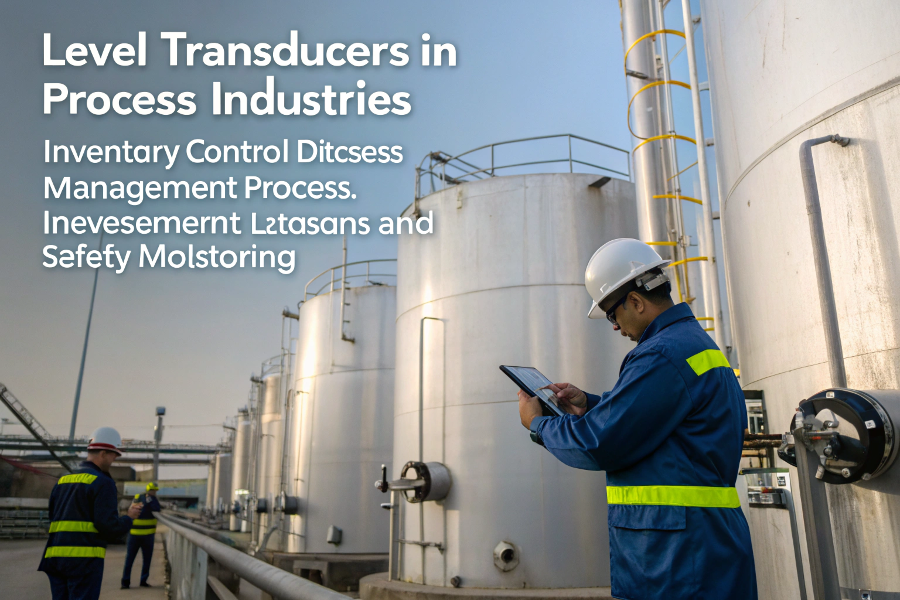
Level Transducer Applications
From my project experience:
Process Industry Applications
-
Storage Management
- Raw material tanks
- Product inventory
- Buffer storage
-
Process Control
- Batch processing
- Continuous monitoring
- Quality control
Environmental Applications
- Groundwater monitoring
- Surface water level
- Reservoir management
- Storm water control
These applications highlight the versatility of level transducers.
Conclusion
Ultrasonic level measurement technology offers reliable, non-contact solutions across diverse industries. Understanding specific applications helps select appropriate measurement solutions for optimal process control and monitoring.
